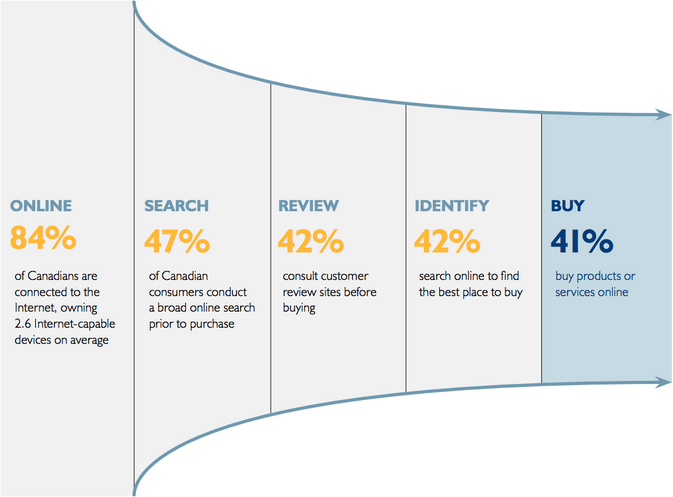The Real Cost of A Digital Marketing Plan
I’m actually going to flip this on it’s head a little bit and talk to you about the costs of not having a marketing plan.
Here are 5 ways that having a marketing plan will save you a lot more time and money in the long run.
Number one reason to have a digital marketing plan: confidence.
Having a marketing plan gives you more confidence.
Why?
Because you’ve done the numbers and you are making informed business decisions.
Let’s face it, most businesses out there actually fail.
So knowing what your market is, knowing that there’s demand for it and you have some odds of success will make you more confident in your business.
And you’re not risking a whole bunch of money and a whole bunch of time on a guess. You are making informed decisions.
The number two reason to have a digital marketing plan: control.
Imagine, instead of reacting to every new shiny tool that comes out online, you’re calm, collected and in control.
By creating a digital marketing plan based on numbers, you would be proactive instead of reactive. Imagine- no more wondering – “Geez, should I be on Periscope?”
If you have a plan in place that’s backed by numbers, it will make you much more confident to ignore things that come up that may not be right for your business.
The number three reason to have a digital marketing plan: increased effectiveness.
As an entrepreneur, your time is limited, so being effective is critical.
If you have a digital marketing plan, you can then figure out what elements of it you are going to delegate.
As entrepreneurs, we’re super busy and we wear many, many hats. So we need to be able to delegate repetitive tasks that don’t necessarily require our immediate attention or constant attention.
The number four reason to have a digital marketing plan: staying competitive.
If you are creating a plan and reviewing it at least once a year, that will make sure that you stay competitive.
Let’s face it, marketing especially in the digital age is chasing a moving target.
One of the laws of physics is that order descends into chaos very quickly.
So in order to stay competitive you need to keep on your marketing, checking in on it, and evaluating your efforts to make sure that they’re working – which is what you want.
The number five reason to have a digital marketing plan: Being empowered.
Lastly, having a digital marketing plan will empower you.
How?
You will be much more empowered because you’ll have an automated sales funnel in place which will actively work to reduce the cost of your leads.
By creating a sales funnel you’ll first find out how much each lead costs, and then what your conversion to sales ratio is, and finally, you can work to optimize your ratio and decrease your costs.
What are these five benefits worth to you?
Can you see the cost to you and your business of not having a digital marketing plan?
I would be very excited to hear what your experiences or how this helped you in the comments below.
Also, feel free to share this amongst your friends and family if you feel that this was valuable.
Thanks so much for watching!























